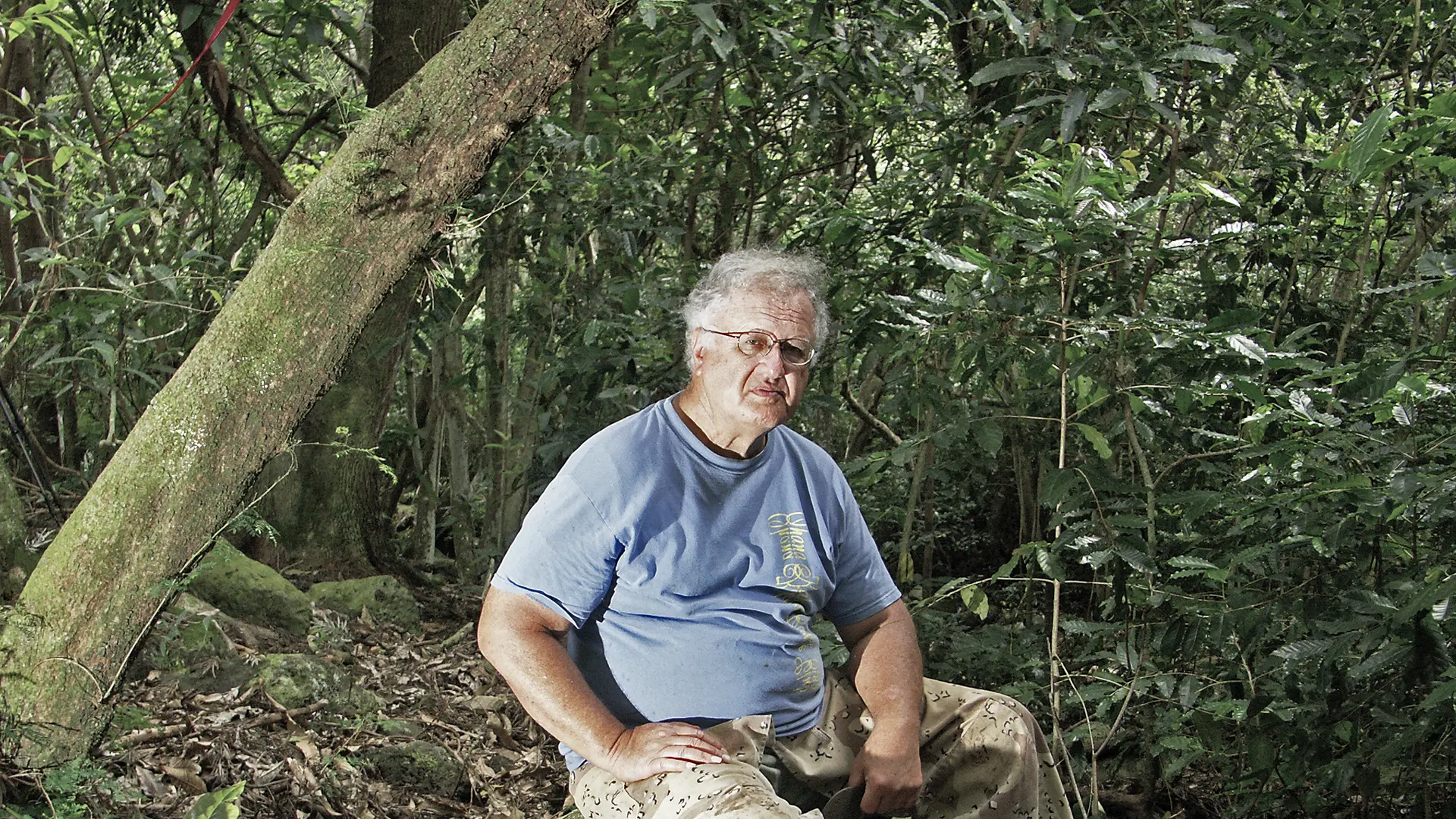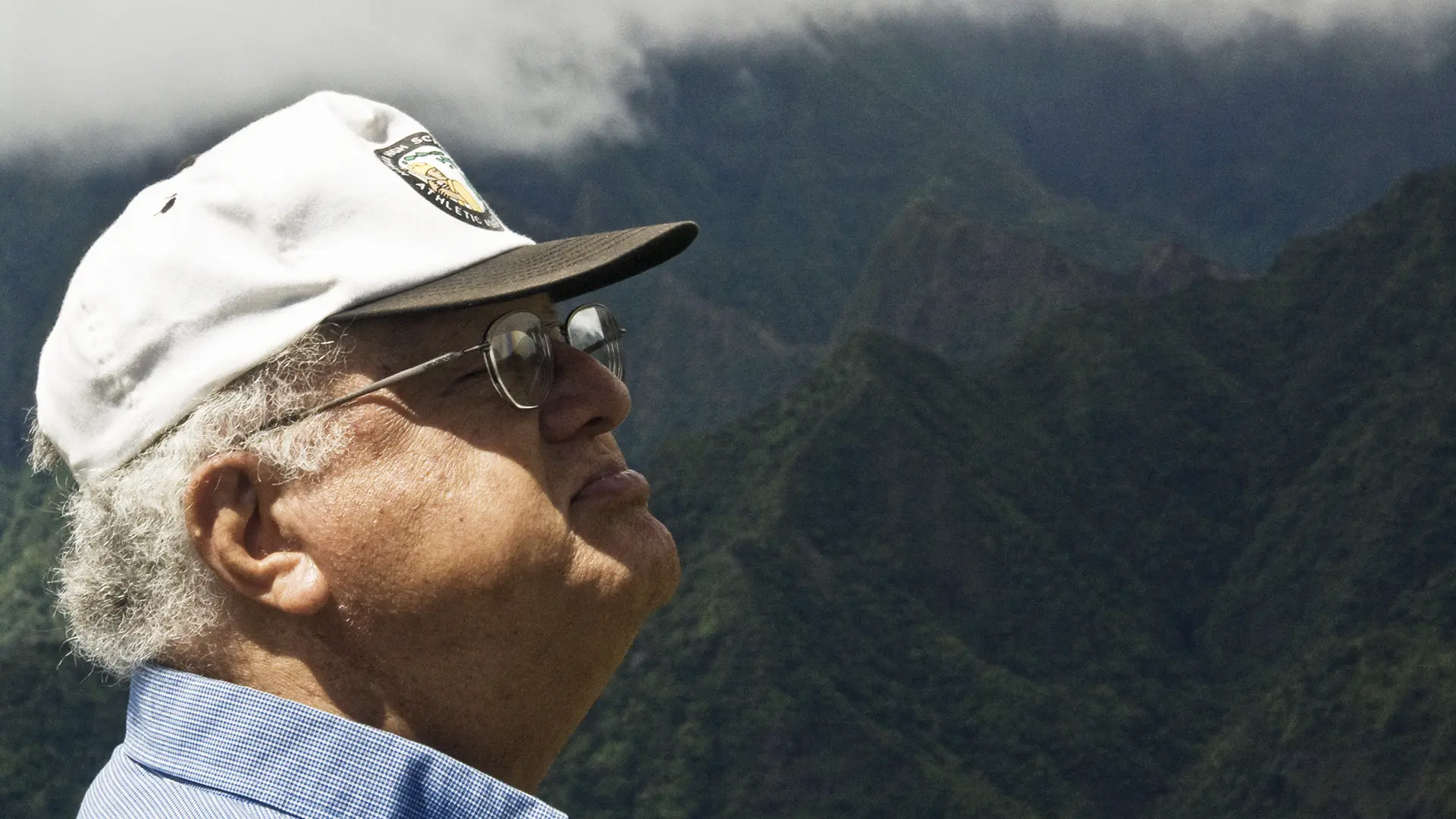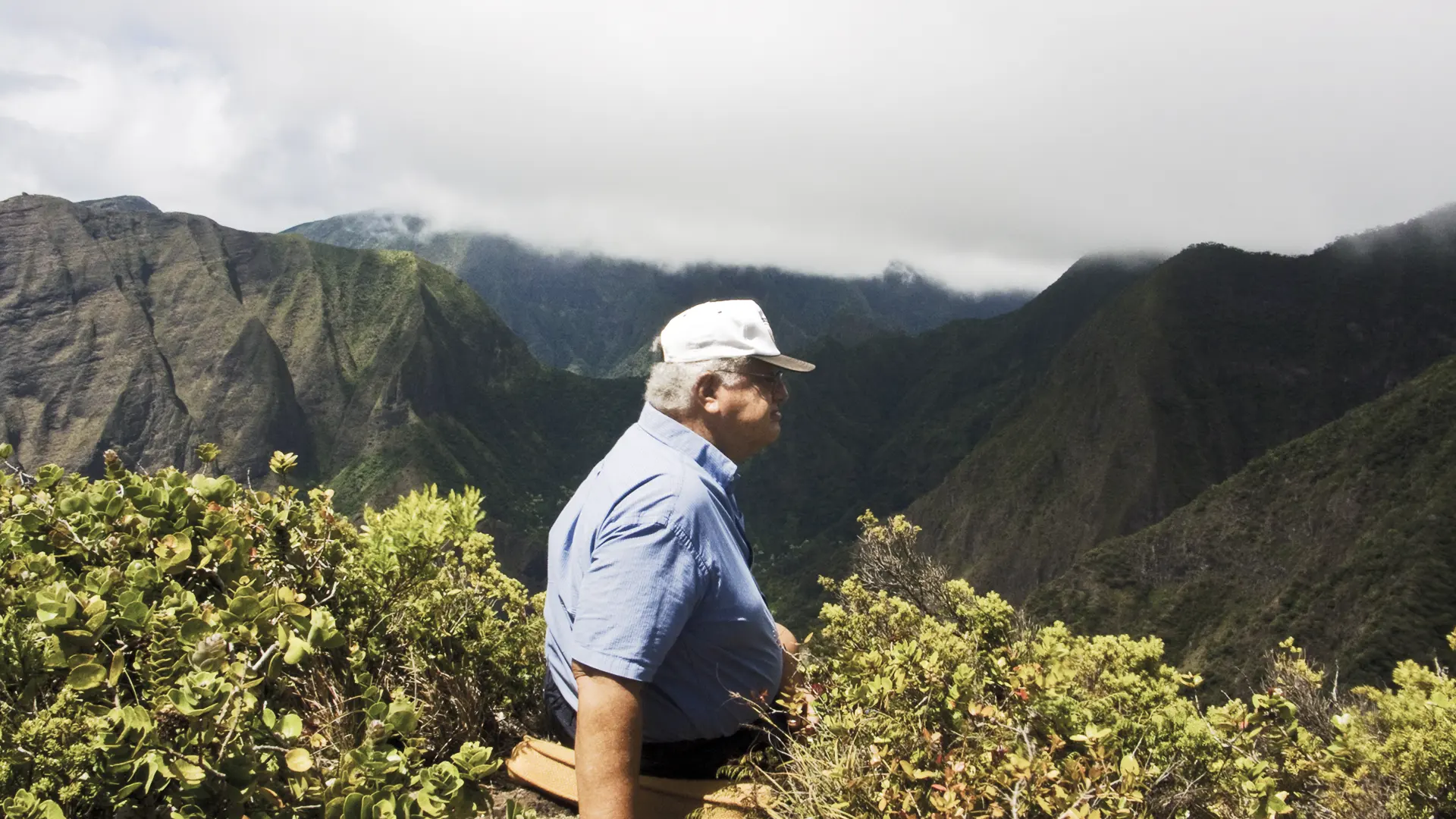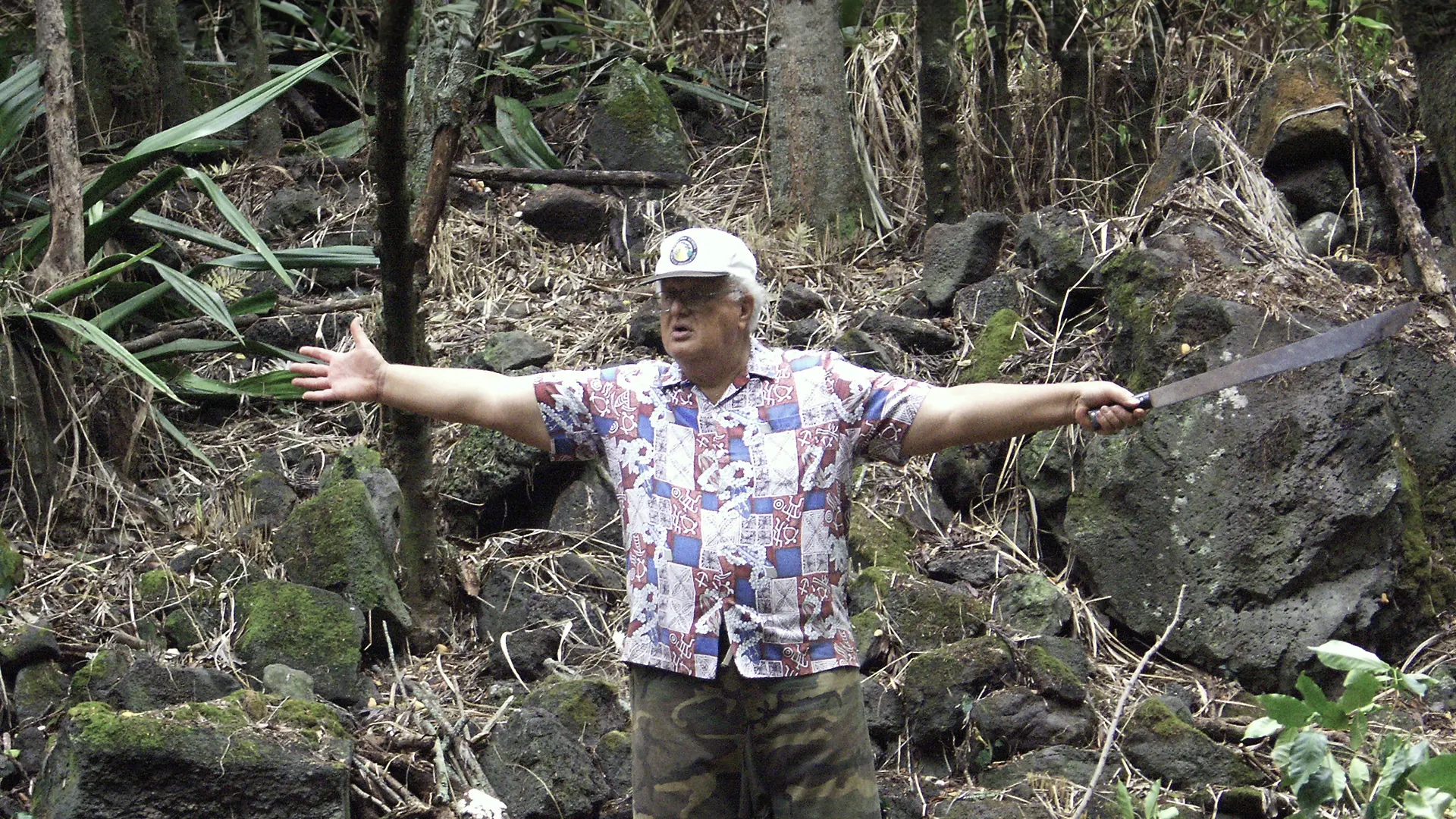Talk Story
Every culture around the world has its own way of sharing information. Here on the Hawaiian islands, we share informally by “talking story” — slowing down and taking time to explore ideas, stories, opinions and history with the people around us. We hope our Talk Story will help to inspire and connect our global community!
Ed Lindsey Honoured for his lifetime of hard work communicating a model of preservation of the Hawaiian culture, education and sustainability.
The teachings and legacy of Uncle Ed Lindsey helped create organizations designed to malama (take care of) the land and the sea.
A passionate community bonds together to save an ancient treasure on Maui and their groundbreaking process offers renewed home for Hawaii's future.
TEDxMaui - Edwin "Ekolu" Lindsey - Cultivating Cultural Seeds. Ekolu is on a mission to protect and restore Hawaiian cultural resources.
Edwin "Ed" Robert Naleilehua Lindsey, Jr. passed away quietly at his family home in Lahaina at 5:30 a.m. last Tuesday after a five-year battle with cancer.
Strong warrior for Maui County Ed Lindsey, a steadfast champion and leader in protecting Maui’s aina and its cultural landscapes died.





